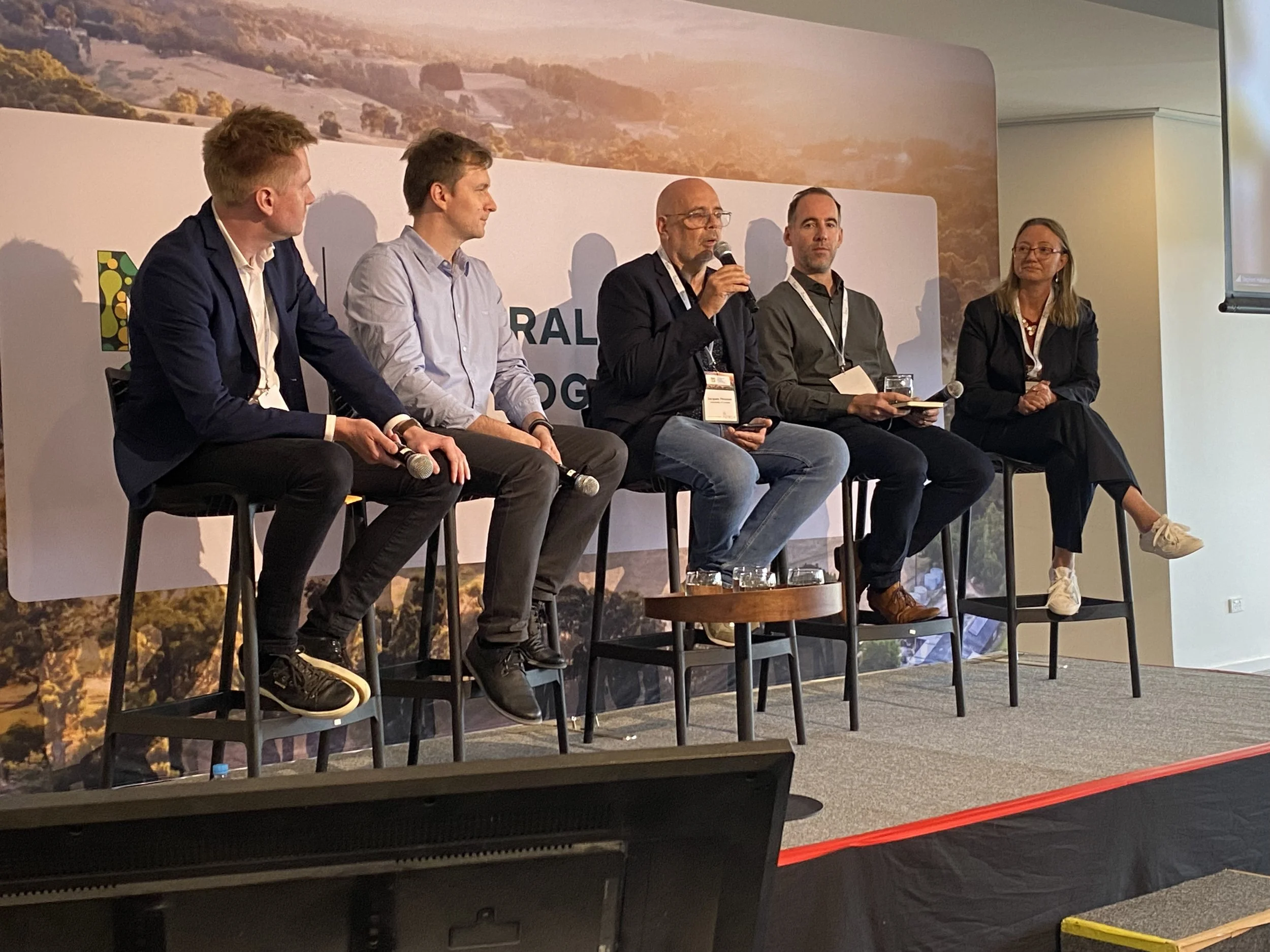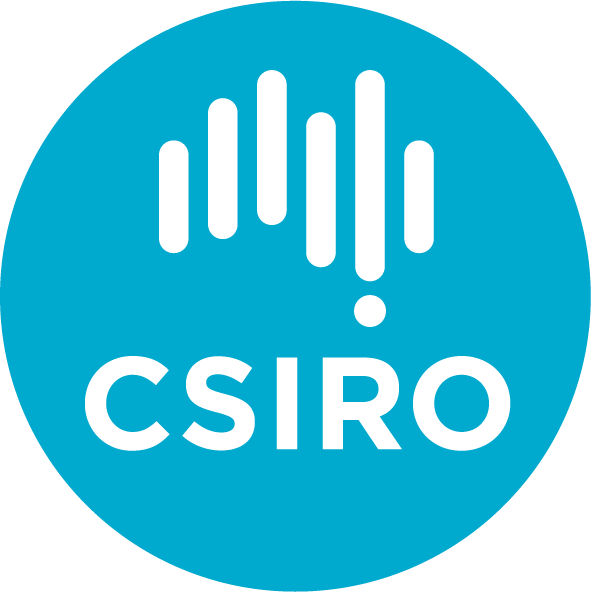Tech solution wins praise
A new technology has emerged an early winner from the second Australian Natural Hydrogen Conference, with two companies doing a deal after the results of hydrogen purification testing were revealed at the event.
Explorer H2EX and Carbon280 signed a memorandum of understanding during the event in Hahndorf in the Adelaide Hills.
Carbon280 founder and CEO Mark Rheinlander said his Hydrilyte technology could “change the game for hydrogen use as a chemical, high-grade heat source and energy carrier”.
H2EX founder and CEO Mark Hanna clearly agreed: “Hydrilyte offers future natural hydrogen and helium producers a process for safe hydrogen capture, storage and transport under ambient conditions”.
How to use and transport any natural hydrogen extracted has been a puzzle for explorers.
At Tuesday’s conference workshop, Mr Rheinlander showed results from Hydrilyte’s tests to separate hydrogen from natural hydrogen mixed gases. The tests were performed at Carbon280's Kwinana research facility.
The MOU allows the companies to evaluate the use of Hydrilyte to separate hydrogen from H2EX's planned natural hydrogen mixed gas stream in South Australia safely and transport it to nearby potential customers, such as the Whyalla town and steelworks.
Meanwhile, the upcoming round of test drilling at Gold Hydrogen’s Yorke Peninsula site was highlighted as important for the whole natural hydrogen eco-system.
Managing director Neil McDonald confirmed its third well, Ramsay 3, would be spudded in the first week of November.
Other companies highlighted how important the results were to them, particularly from an investment perspective.
During a panel discussion on the investor mood for projects right now, Prominence Energy’s COO, Krista Davies, said she was being told: “We’re waiting for Gold’s results”.
Investment panellists from left Morten Stahl, Viacheslav Zgonnik, Jacques Pironon, Michael Lawson and Krista Davies.
Snowfox Discovery’s Michael Lawson said it was symptomatic of the need for the industry to have more proof points.
“To move forward we’ve got to drill wells. There’s recognition among investors there’s going to be a requirement to drill more wells,” he said.
Gold Hydrogen is the only company so far in Australia to drill hydrogen-specific wells.
Jacques Pironon, in charge of a large French hydrogen find, said investors were also interested in innovation, as well as results.
He warned though that in France, the Left and Green lobbies, against producing anything from underground, were a threat to the investment market. It could be “a real blocker“.
On the positive side, Viacheslav Zgonnik reminded delegates it was a good time to flip money destined for the ailing man-made, or green, hydrogen industry to natural hydrogen.
Lawson chipped in that Governments could help by subsidizing test drilling. They benefitted from revenue, and the industry needed scale.
Davies reminded the audience that natural hydrogen learnings were growing faster than nearly any resource play before it, because of how quickly datasets could be built today. “We are learning at an exponential rate.”
Panel chair Morten Stahl made a salient point: “Many investors today have cryptocurrency……if they’re willing to take that risk……….”
Elsewhere, the conference heard updates on research attempting to stimulate hydrogen through the interaction between water and rocks. The Massachusetts Institute of Technology was going further, trying to turn the end product straight into ammonia.
A thought-provoking talk from California Institute of Technoloy’s John Eiler kept attendees thinking right to the end. Looking at the reasons natural hydrogen has so far proven difficult to flow, he showed how easy it was for the gas to degrade on its way to surface. But it is flowing in Mali, Africa, and the industry needed to understand how.
Presentations made at the conference will be put on the association’s website over the next month and a photo gallery can be found here.
















